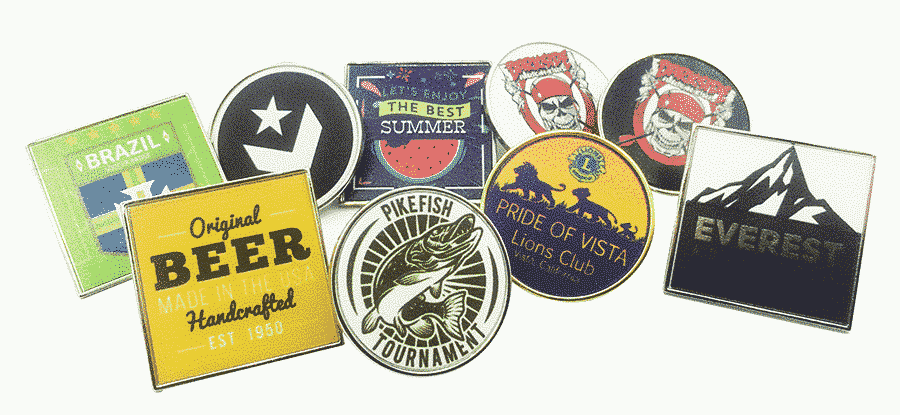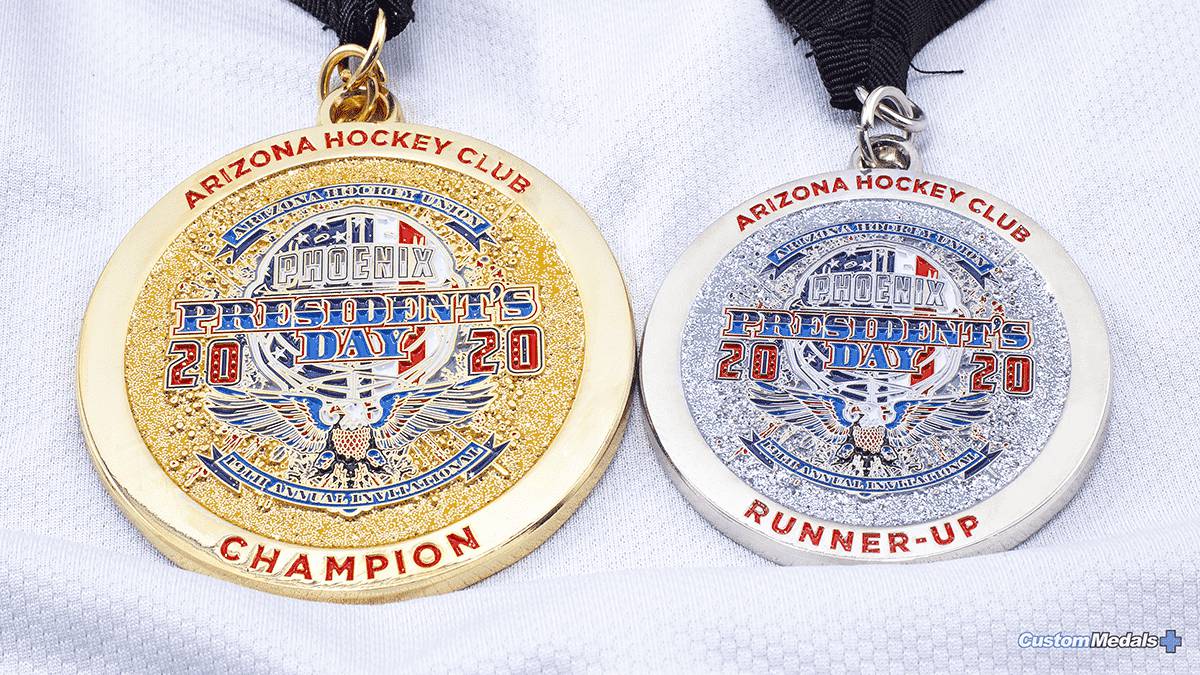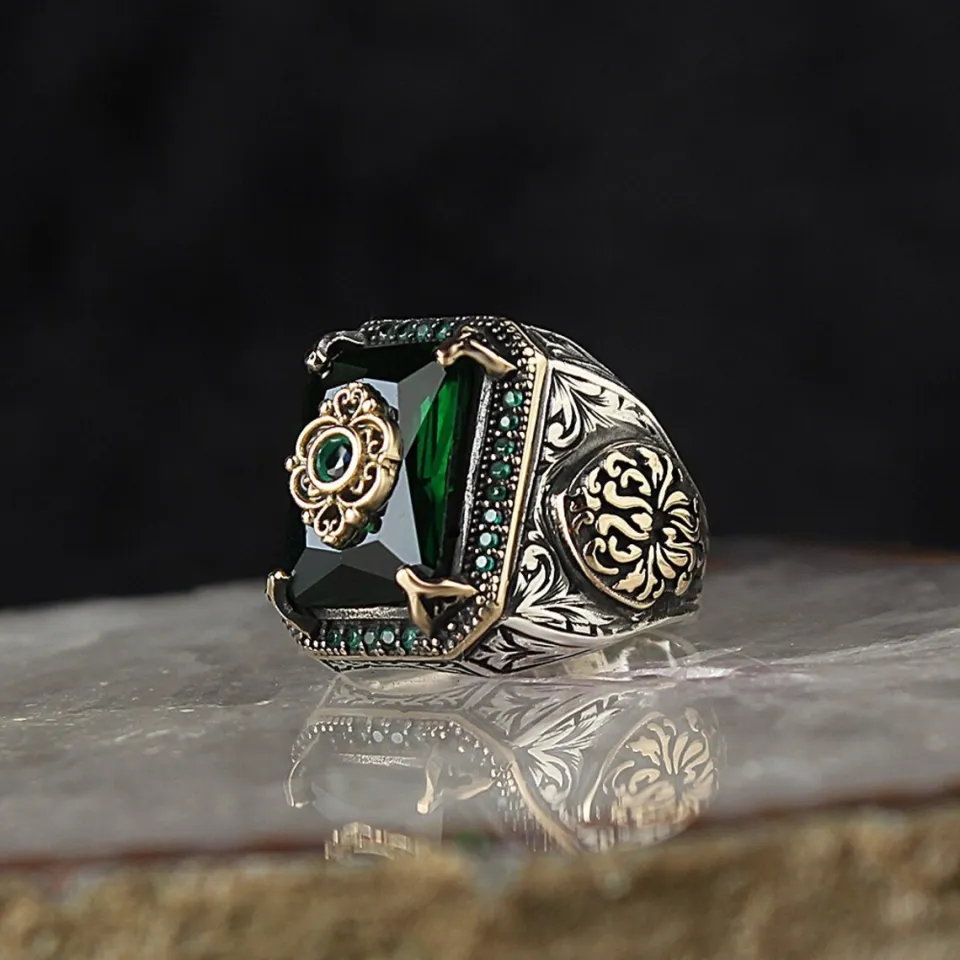Custom medals serve as a tangible representation of achievement, recognition, and honour. Whether for sports events, academic accomplishments, or corporate awards, designing a medal that encapsulates the essence of the occasion can elevate the significance of the award. This guide will explore the essential steps and considerations for designing custom medals that not only look impressive but also convey the intended message effectively.
Understanding the Purpose of Custom Medals
Before embarking on the design process, it is crucial to understand the purpose of the medals. Custom medals can serve various functions, such as recognising excellence in sports, celebrating milestones in education, or acknowledging outstanding contributions in the workplace. Each purpose will influence the design elements, materials, and overall aesthetic of the medal.
For instance, a medal awarded for a sporting event may prioritise a dynamic and energetic design, while an academic award might lean towards a more formal and traditional appearance. Understanding the audience and the context of the award will guide the design choices effectively.
Identifying the Target Audience
The target audience plays a significant role in the design of custom medals. Consider who will receive the medals and what they value. For example, young athletes may prefer vibrant colours and modern designs, while corporate professionals might appreciate a more understated and elegant look.
Engaging with potential recipients can provide valuable insights into their preferences. Surveys or focus groups can help gather opinions on design elements, materials, and even the types of awards that resonate most with them.
Defining the Message
Every medal should convey a specific message or theme. This could be a motivational quote, the name of the event, or the achievement being recognised. The message should be clear and concise, ensuring that it resonates with the recipient and reflects the significance of the award.
Incorporating symbols or imagery that relate to the event or achievement can also enhance the message. For example, a medal for a marathon might feature a running figure or a stylised representation of the race route, adding a personal touch to the award.
Choosing the Right Materials
The choice of materials is a critical factor in the design of custom medals. Common materials include metal, plastic, and wood, each offering unique advantages and aesthetics. Metal medals, such as those made from brass, zinc alloy, or stainless steel, are often preferred for their durability and prestigious appearance.
Plastic medals can be a cost-effective alternative, particularly for large events where budget constraints are a consideration. They can be designed in various colours and shapes, making them versatile for different themes. Wooden medals, while less common, can provide a rustic and unique touch, appealing to specific audiences.
Considering Weight and Size
The weight and size of the medal can significantly impact its perception. A heavier medal often conveys a sense of value and importance, while a lighter medal may be more practical for recipients who will wear them during events. Standard sizes typically range from 50mm to 100mm in diameter, but custom sizes can be created to suit specific design needs.
When determining the size, consider how the medal will be displayed or worn. For instance, medals intended for neck ribbons may need to be lighter and smaller than those designed for display cases.
Finishing Touches
The finishing touches on a medal can elevate its overall appearance. Options such as polishing, plating, or adding enamel can enhance the visual appeal. Polished finishes provide a sleek and shiny look, while matte finishes offer a more subdued elegance.
Plating with gold, silver, or bronze can also add a layer of prestige, making the medal feel more valuable. Enamel can be used to add colour and detail, allowing for intricate designs that stand out.
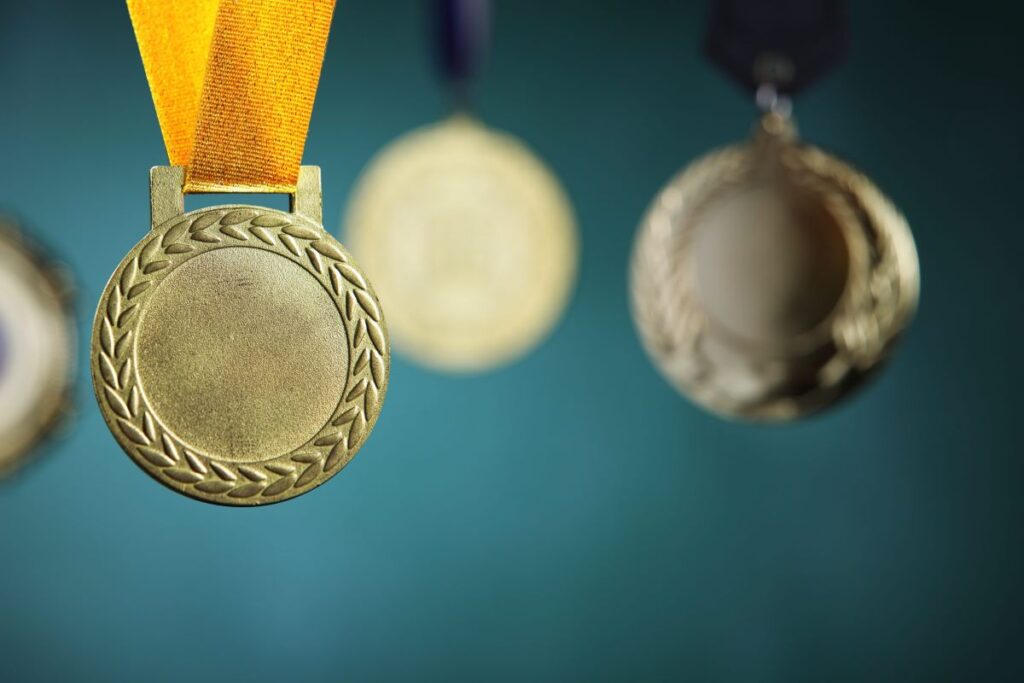
Designing the Medal
Once the purpose, materials, and message have been established, the actual design process can begin. This involves creating a visual representation of the medal that incorporates all the elements discussed previously. Engaging a professional designer can be beneficial, as they can bring expertise and creativity to the project.
When designing the medal, consider the following elements:
- Shape: Medals can be circular, rectangular, or custom-shaped. The shape should align with the theme of the event.
- Imagery: Incorporate relevant images or symbols that represent the event or achievement.
- Text: Ensure that any text is legible and appropriately placed. The font style should match the overall design aesthetic.
- Colour Scheme: Choose colours that reflect the event’s branding or theme, ensuring they complement each other.
Using Design Software
Many designers use software such as Adobe Illustrator or CorelDRAW to create digital mock-ups of the medal. These tools allow for precise control over design elements, enabling the designer to experiment with different layouts, colours, and textures.
Creating multiple iterations can help refine the design, ensuring that it meets all the desired criteria before final production. Sharing these mock-ups with stakeholders for feedback can also provide valuable insights and help finalise the design.
Prototyping the Medal
Before committing to a full production run, it is advisable to create a prototype of the medal. This allows for a tangible assessment of the design, weight, and overall feel. Prototyping can help identify any potential issues with the design or materials, ensuring that the final product meets expectations.
Feedback from stakeholders and potential recipients during the prototyping phase can lead to valuable adjustments, enhancing the overall quality of the final product.
Production and Quality Control
Once the design has been finalised and the prototype approved, the production phase can begin. Selecting a reputable manufacturer is crucial to ensure high-quality medals. Researching manufacturers, reading reviews, and requesting samples can help in making an informed decision.
Quality control is an essential aspect of the production process. Regular checks during manufacturing can help identify any defects or inconsistencies, ensuring that the final medals meet the established standards.
Delivery and Presentation
Upon completion of the production, the medals will need to be delivered to the event location or designated recipients. Consideration should be given to how the medals will be presented. A well-designed presentation box or display can enhance the overall experience for the recipients.
For events, having a dedicated presentation ceremony can add to the significance of the awards. This can include speeches, photo opportunities, and the chance for recipients to share their experiences, creating memorable moments associated with the medals. You may like to visit https://topline-ballroom.com/top-benefits-of-ordering-custom-medals-for-your-organization-or-team/ to get more about the top benefits of ordering Custom Medals for your organization or team.
Marketing and Promotion
Custom medals can also serve as a marketing tool for events and organisations. Incorporating branding elements into the medal design can enhance visibility and recognition. For instance, including a logo or event name on the medal can create a lasting impression on recipients and spectators alike.
Promoting the significance of the medals through social media, press releases, and event marketing can also increase interest and participation in future events. Highlighting past recipients and their achievements can inspire others to strive for excellence.
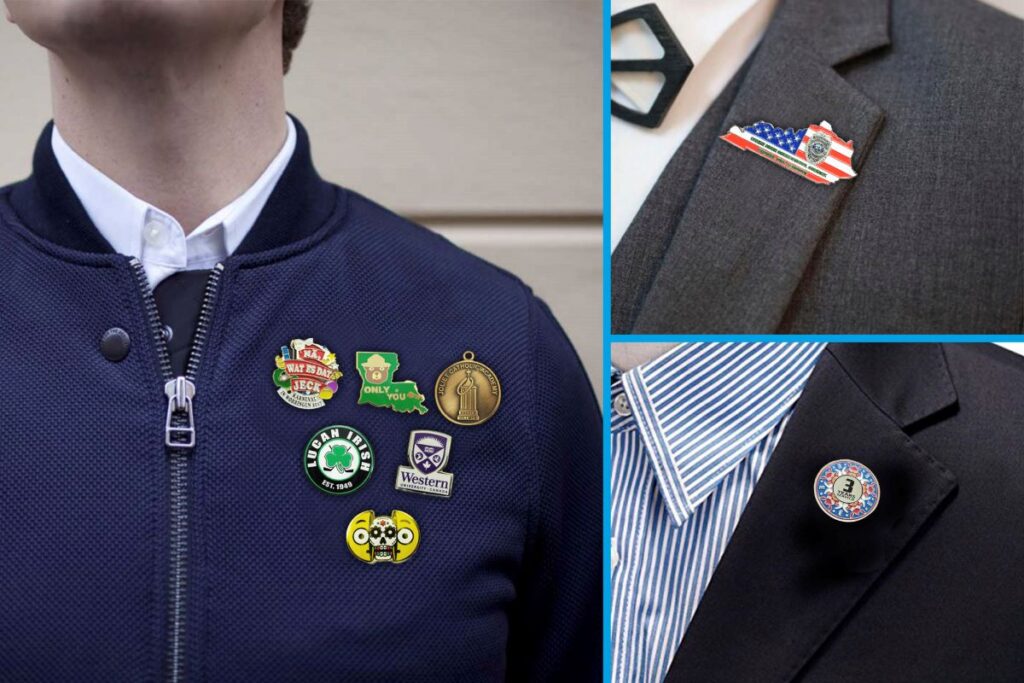
Feedback and Continuous Improvement
After the event, gathering feedback from recipients and stakeholders can provide insights into the effectiveness of the medal design and overall experience. This information can be invaluable for future events, allowing for continuous improvement in the design and presentation of custom medals.
Engaging with recipients about their experiences can also foster a sense of community and connection, encouraging ongoing participation in future events.
Conclusion
Designing custom medals for events, awards, and achievements is a multifaceted process that requires careful consideration of purpose, materials, design, and presentation. By understanding the target audience and the message to be conveyed, one can create medals that not only recognise accomplishments but also inspire and motivate recipients.
Through thoughtful design and attention to detail, custom medals can become cherished symbols of achievement, serving as a lasting reminder of hard work and dedication. Whether for sports, academics, or corporate recognition, the right medal can make all the difference in celebrating success.

